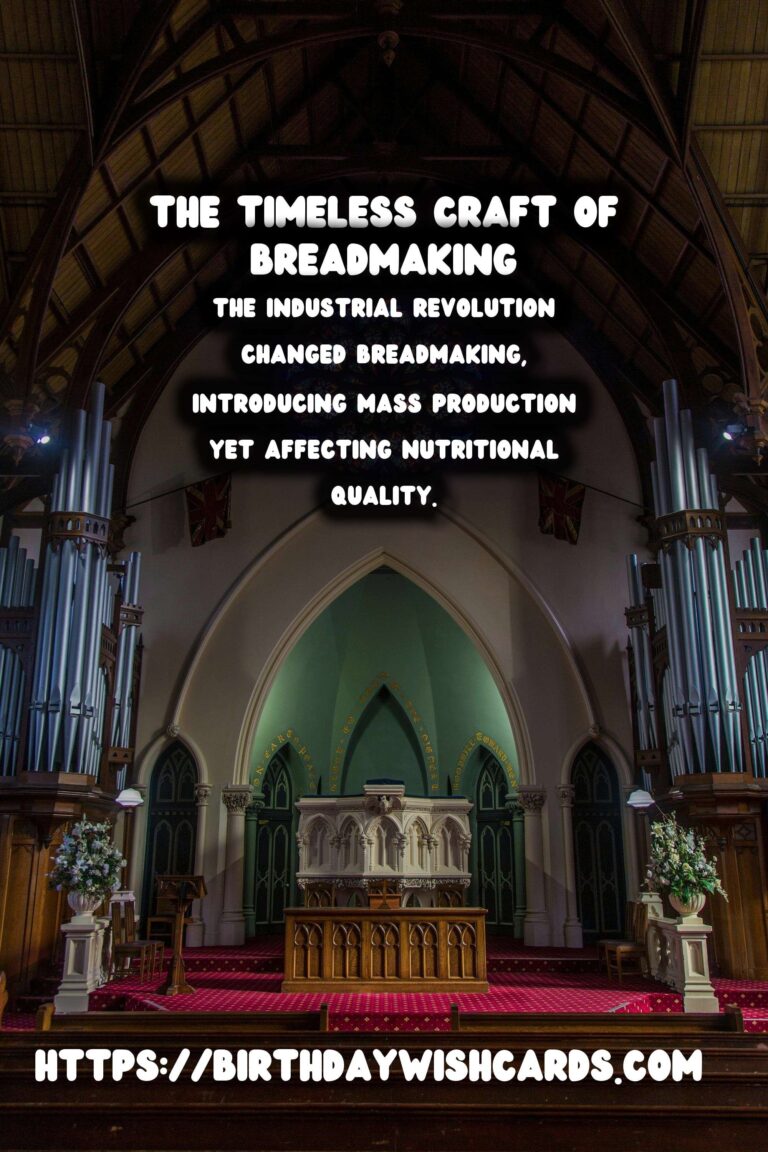
Breadmaking is an ancient art that has provided sustenance and delight to cultures across the globe for thousands of years. This journey from simple grains to the varied breads we enjoy today reveals much about human history, agriculture, and culture.
Early Beginnings
The story of bread begins with the advent of agriculture in the Fertile Crescent around 10,000 BC, when nomadic tribes began cultivating grains such as wheat and barley. These first bread-like products, likely unleavened flatbreads, played a crucial role in human sustenance.
The Discovery of Leavening
Leavening, probably discovered serendipitously, transformed bread into a softer, more palatable food. Ancient Egyptians are credited with pioneering the use of wild yeast to create risen breads, which they baked in rustic clay ovens.
Bread in Antiquity
As civilization spread, so did the art of breadmaking. The Romans improved techniques for milling grain and established bakeries. Bread became a staple food and symbol of nourishment, often associated with wealth and prosperity.
Medieval Times: Bread as a Social Indicator
In medieval Europe, bread was a marker of social status. The wealthy consumed fine white bread made from high-quality flour, while the poorer classes relied on coarser, dark breads. Bread became central to different cuisines, with each region developing unique variations.
Industrialization and Cultural Changes
The Industrial Revolution ushered in mechanical baking, allowing bread to be mass-produced. However, this shift also led to a decline in nutritional quality. Movements towards artisan and wholesome bread have, in recent years, sought to reclaim traditions and emphasize nutritional value.
Modern Breadmaking: A Blend of Tradition and Innovation
Today, the art of breadmaking is experiencing a renaissance. Enthusiasts worldwide are returning to traditional techniques, such as sourdough baking, driven by a desire for authenticity and healthful eating. Simultaneously, innovations in baking continue to expand possibilities.
The Cultural Significance of Bread
Bread symbolizes not only sustenance but also cultural identity and community. From religious rituals to everyday meals, bread features prominently in diverse customs and celebrations, reflecting cultural values and traditions.
The history of breadmaking is deeply intertwined with human development. As we bake and share bread, we connect to this rich tapestry of history, preserving and honoring an ancient art that continues to evolve.
Breadmaking began with the cultivation of grains in the Fertile Crescent around 10,000 BC. The Industrial Revolution changed breadmaking, introducing mass production yet affecting nutritional quality. 
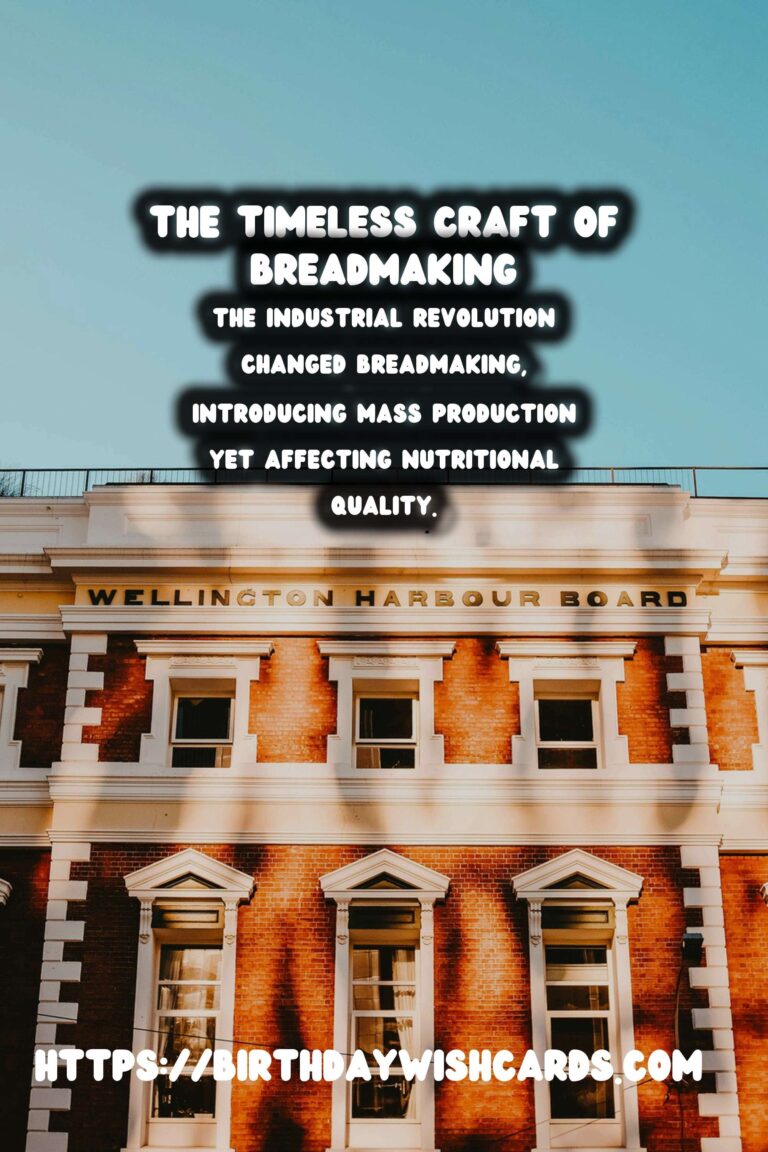
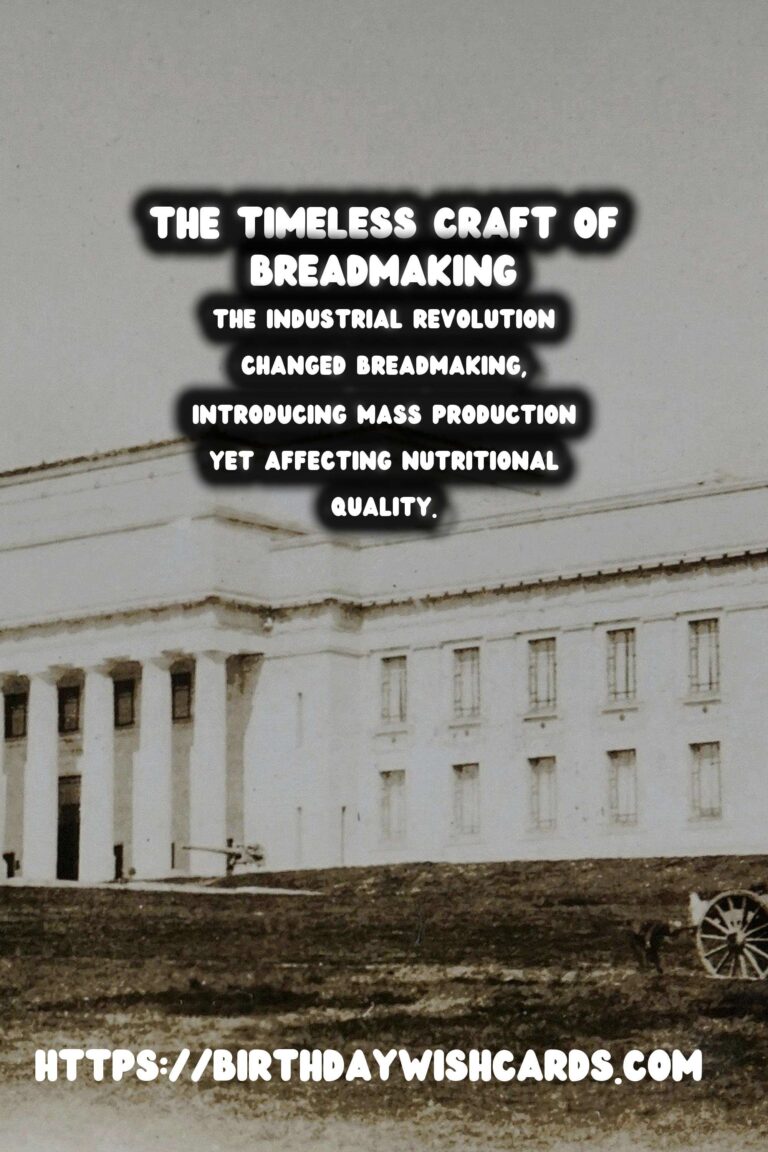
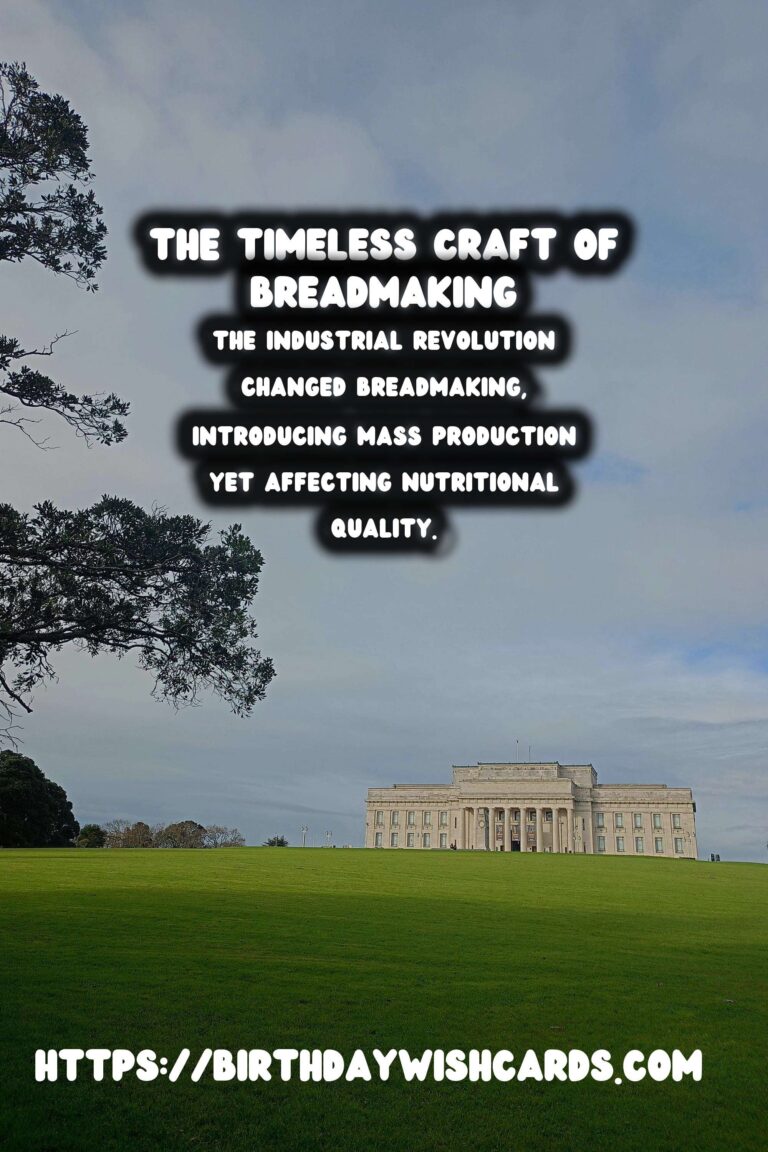
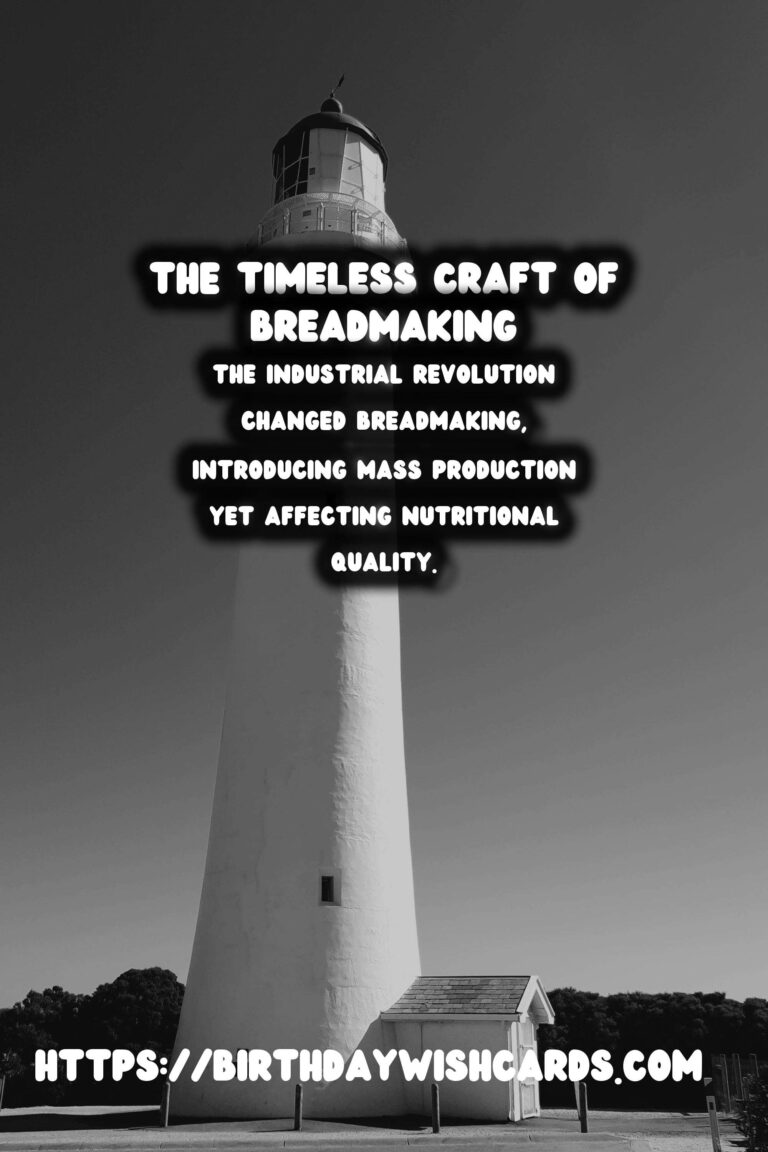
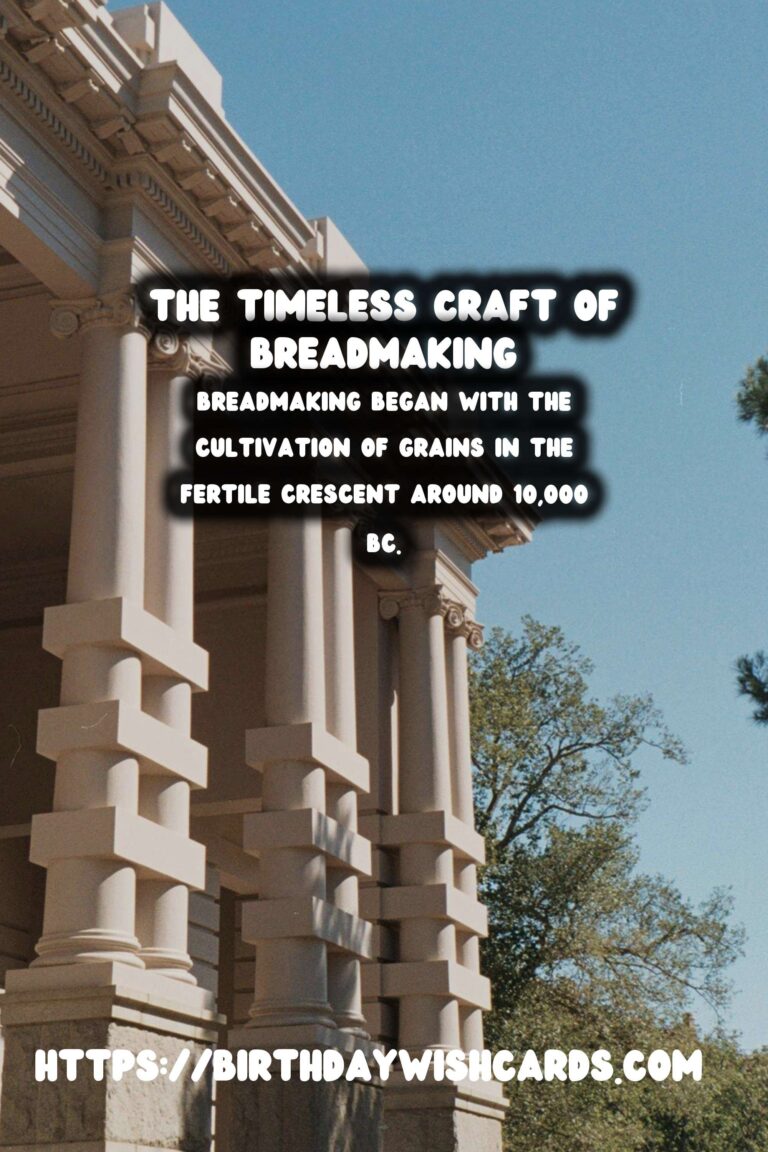
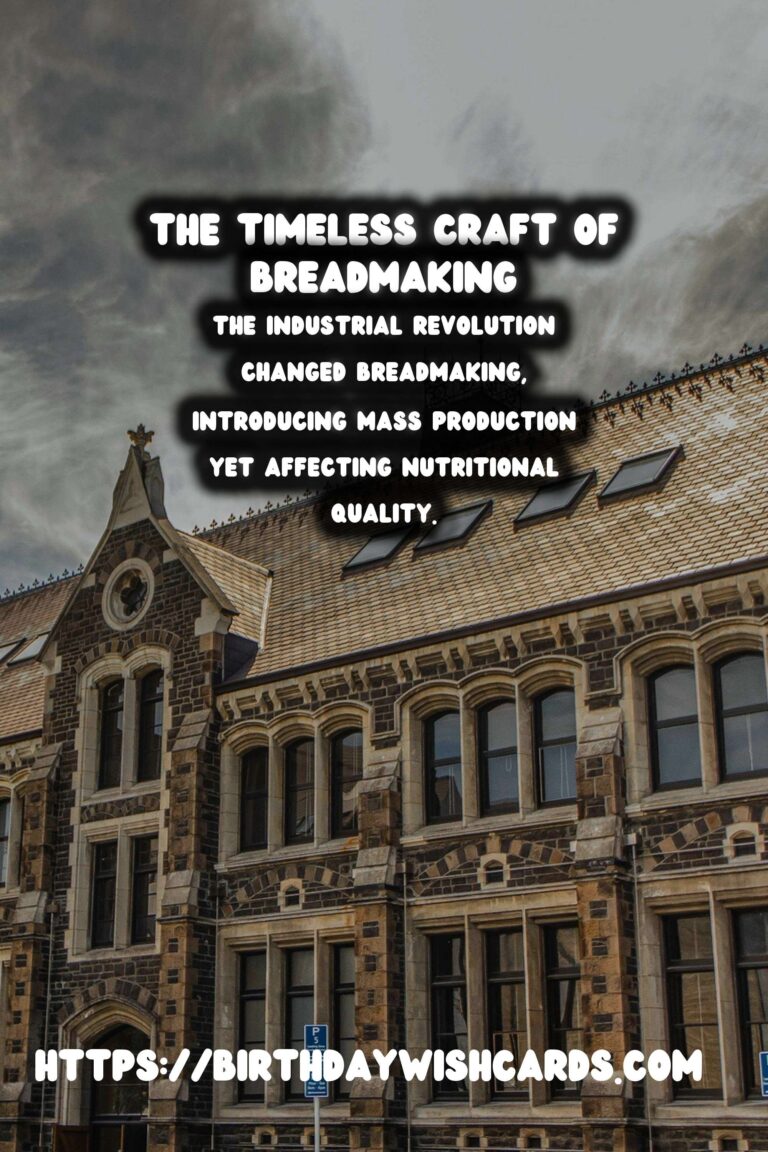
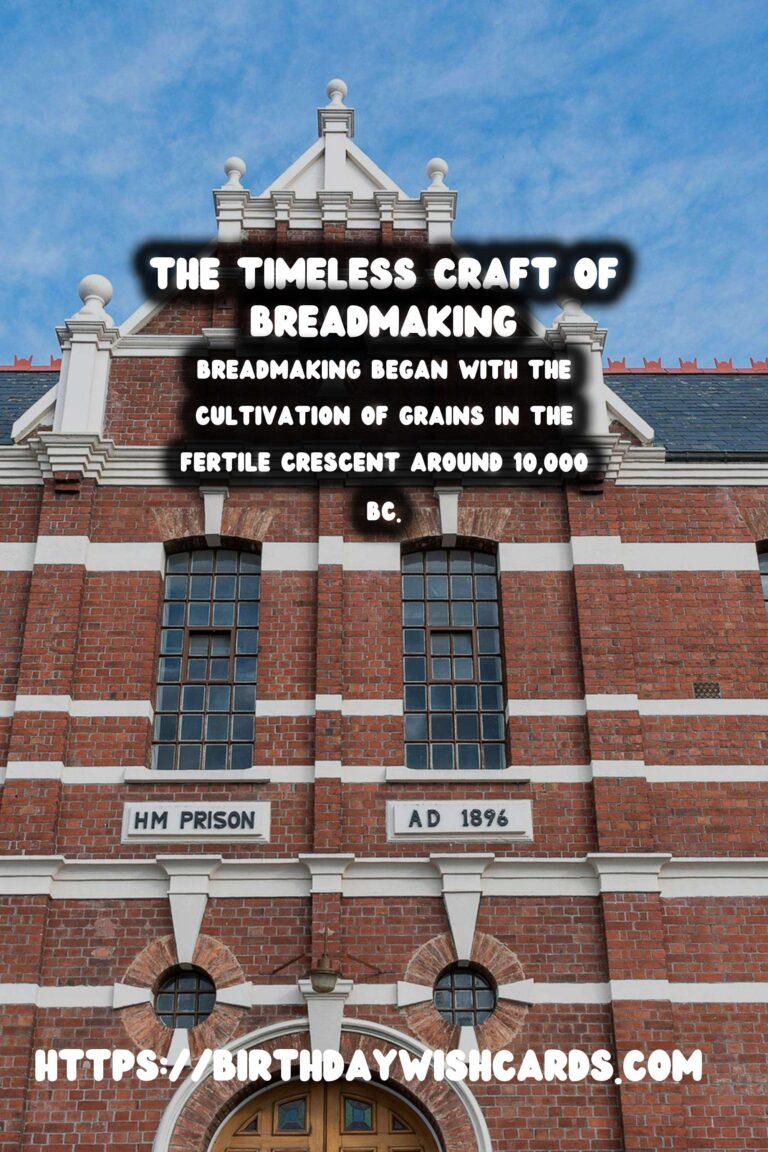
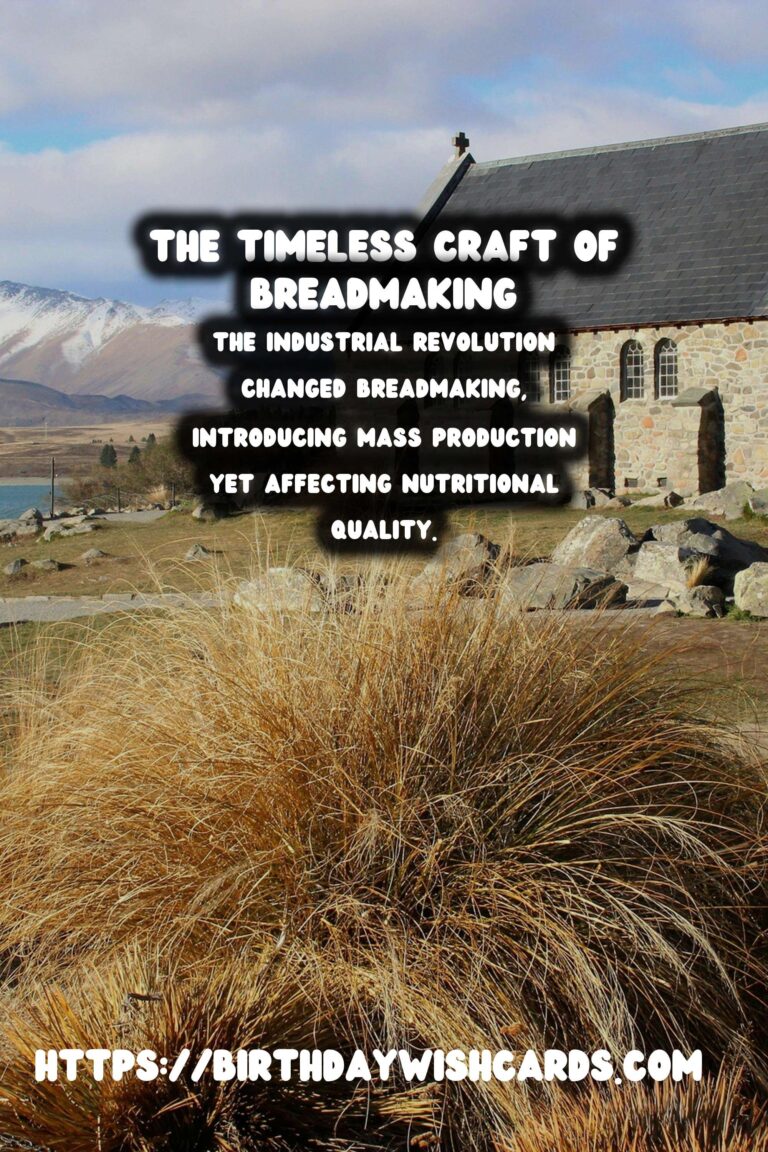
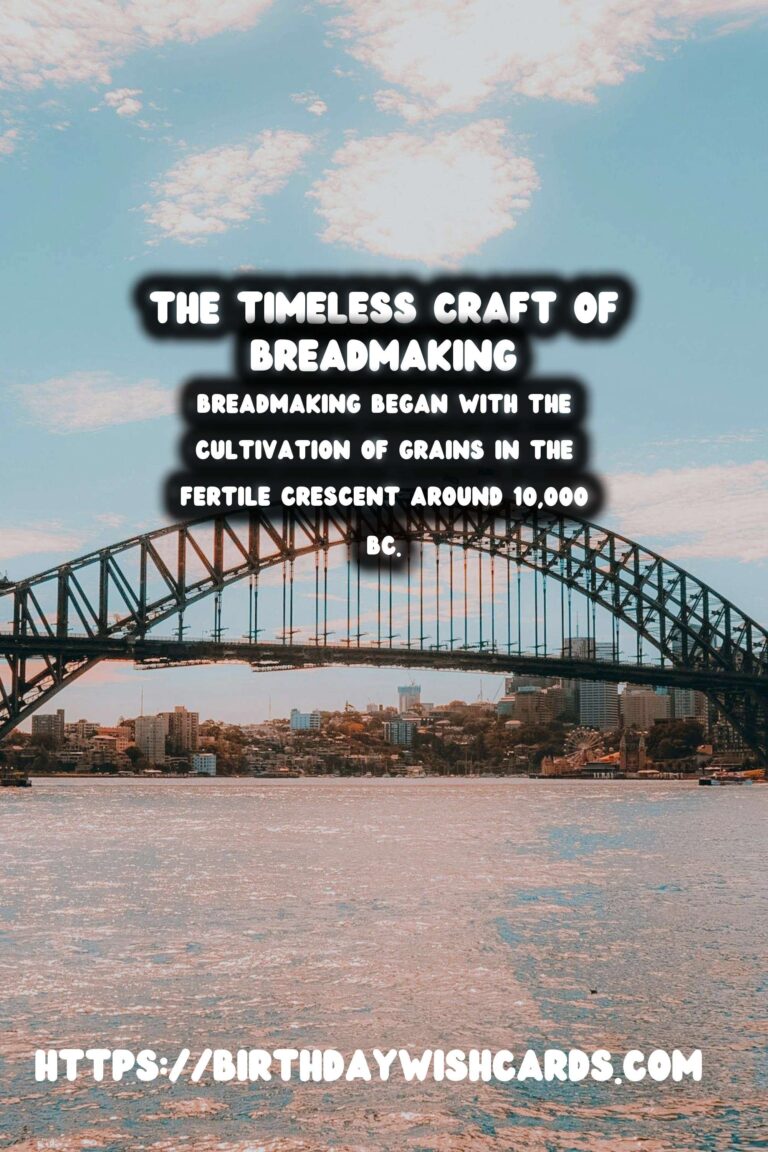
#CulinaryAnthropology #HistoryOfBread




